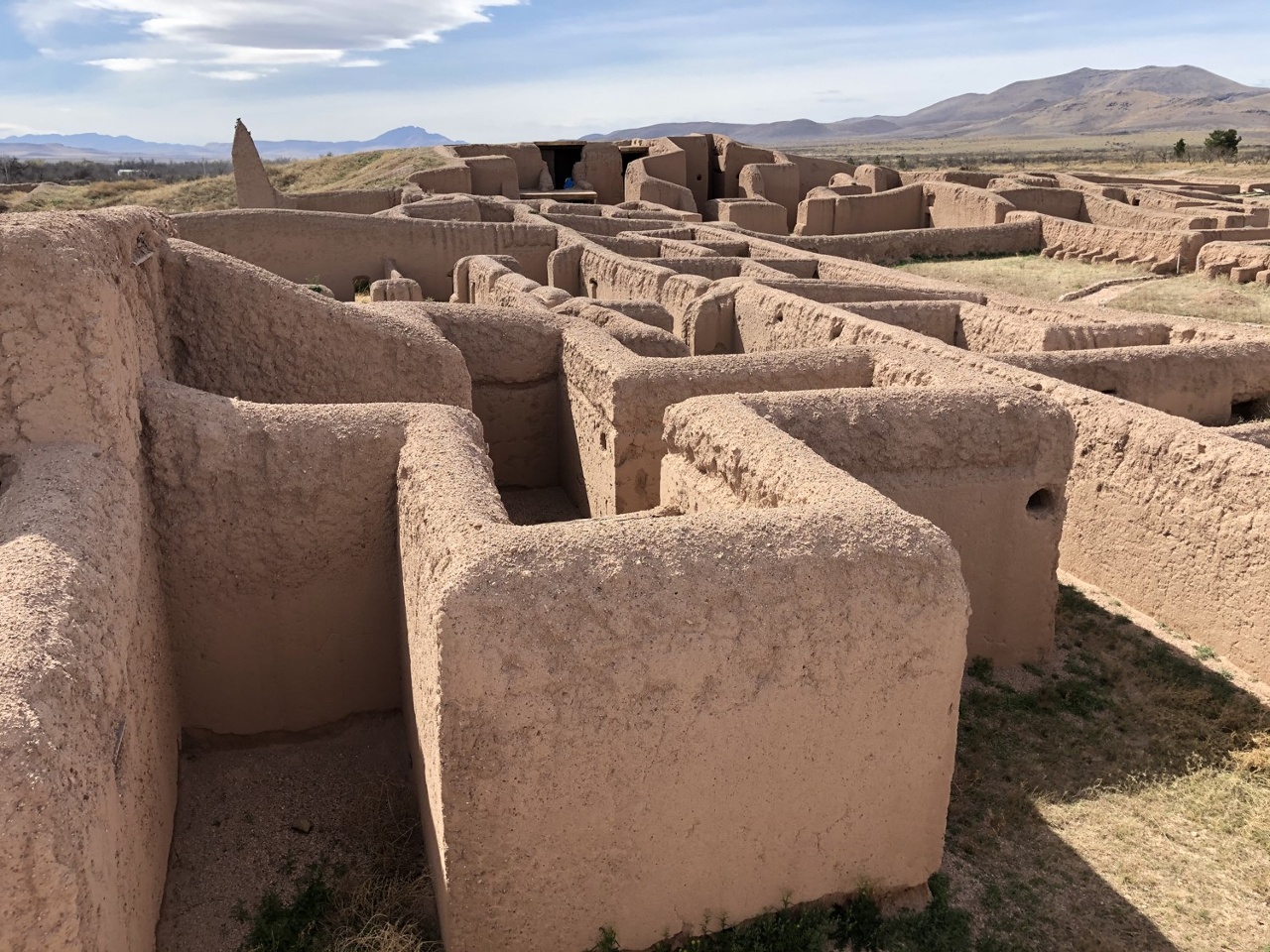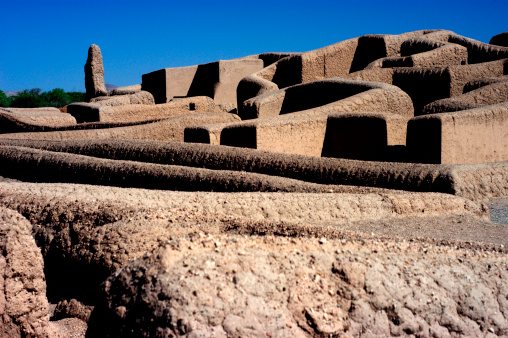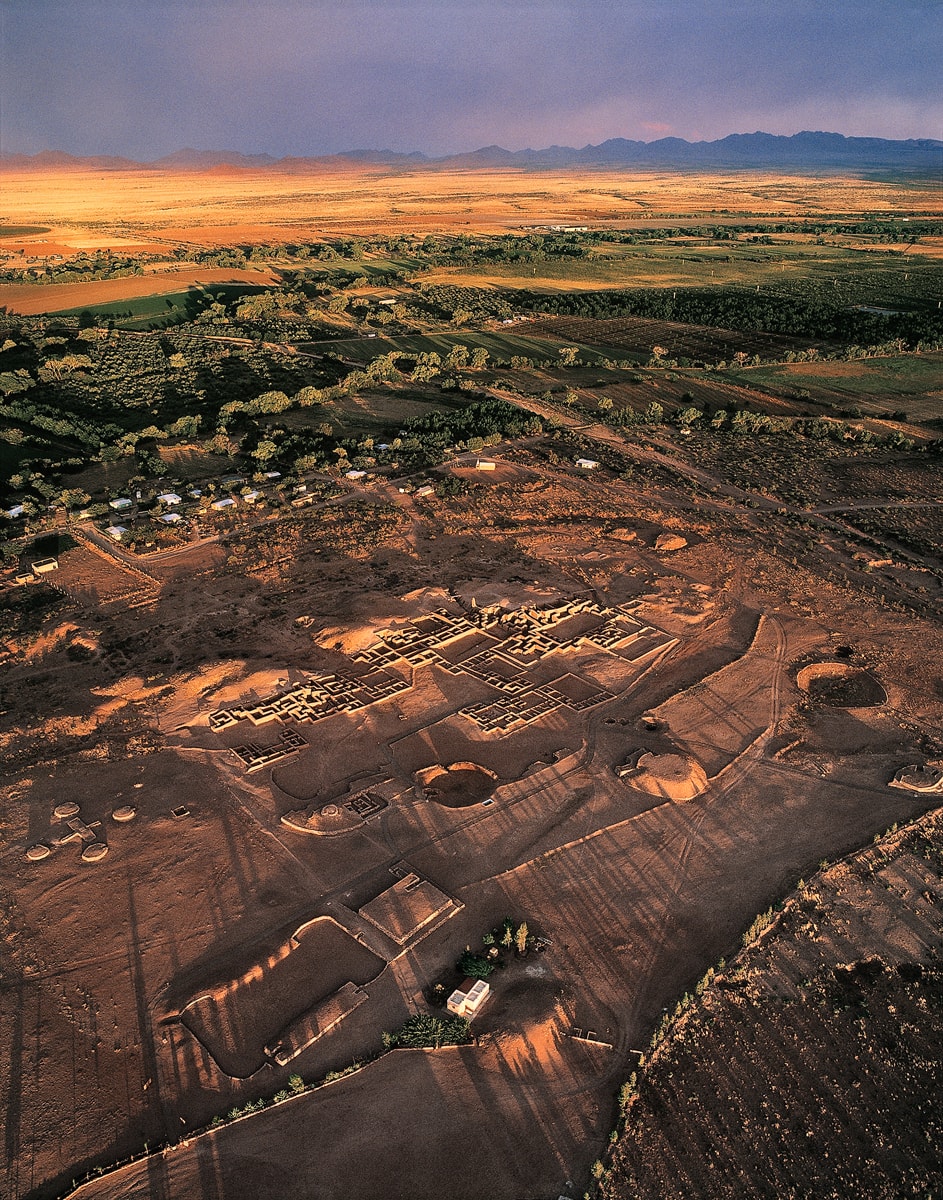Latin America
Related: About this forumAncient Mexican Child Sacrifice Linked to Elite Inbreeding
While incest was generally considered taboo in the community that inhabited Paquimé, it may have been overlooked—and leveraged—by the power-grasping upper classes.
By Adam Kovac
Published August 12, 2024

DNA analysis of a child's remains found in Mexico's Paquimé indicate some complicated elite family dynamics. © Jakob Sedig
The parents of a child ritually sacrificed in pre-contact Mexico were likely close relatives. Like, really close relatives. Sounds like something out of Game of Thrones (RIP Princess Shireen Baratheon), but DNA analysis indicates it happened at least once in a pre-contact Mexican community.
Paquimé is a UNESCO World Heritage Site in the Mexican state of Chihuahua that’s known for its archaeological riches. The area was inhabited for over 700 years by members of the Mogollon culture, but was abandoned for unknown reasons in the mid-15th century.
Human remains found in burial sites hint at Paquimé’s hierarchy. Some skeletal remains were found in lower layers, surrounded by goods such as hand drums and ceramics. Others, in the higher layers, showed signs of ill health, and possibly of even being partially cannibalized.
Among the bodies found in an elite area were the remains of a male child, who was between two and five-years-old when he died. A 1974 study concluded that the body’s positioning suggested he was likely sacrificed in a ritual to consecrate a new building.
Now, to better understand the social structure of Paquimé, a team of scientists decided to analyze the boy’s DNA. In the resulting study published in the journal Antiquities, the researchers reported finding a high number of identical genes and alleles, meaning the child had parents “who were more closely related than first cousins,” said Jakob Sedig, a postdoctoral fellow at Harvard who led the study, in a press release.
More:
https://gizmodo.com/ancient-mexican-child-sacrifice-linked-to-elite-inbreeding-2000486056










Paquimé at Sunset, © Adriel Heisey

Judi Lynn
(163,083 posts)By Drew Stuart
Published August 18, 2022 at 6:45 AM CDT
- click link for image -
https://tinyurl.com/yjd6f5ab
photograph by Christopher Hillen. Less than 200 miles southwest of El Paso, Paquime, or Casas Grandes, is the largest city center known from the prehistoric North American deserts. Thousands lived here in multi-story adobe apartments, marshaling the waters of nearby rivers and springs in an urban oasis.
“There are many houses of great size, strength and height,” the Spanish chronicler Baltasar Obregon wrote in the 1560s. “They are six and seven stories, with towers and walls like fortresses.” “The houses contain large and magnificent patios paved with enormous and beautiful stones,” he wrote, with “walls whitewashed and painted in many colors and shades with pictures.”
This was Casas Grandes, or Paquime. Thousands lived in this desert city only a century before the Spanish arrived. A three-and-a-half-hour drive from El Paso, 250 miles due west of Marfa, Paquime is today a UNESCO World Heritage Site. To visit this site in Chihuahua, Mexico is thrilling. Here, the region's prehistoric people built a thriving city – rooted in ancient desert traditions, and connected to cultures far afield.
Located near the modern city of Nuevo Casas Grandes, Paquime is surrounded by Chihuahuan Desert grasslands and volcanic hills and mountains. Paquime and Marfa are at almost precisely the same elevation, and a West Texas visitor could easily imagine they were on the Marfa Plateau, at the foothills of the Davis Mountains.
But there's an important difference. The great range of the Sierra Madre Occidental rises just 25 miles west of Paquime. Flowing from the mountains, two perennial streams join here to form the Casas Grandes River. The people of Paquime were able to marshal these waters, as well as those of a prolific nearby spring, for an urban oasis. There were reservoirs and canals to convey drinking water, as well as fields of corn, beans, squash and other crops.
More:
https://www.marfapublicradio.org/show/nature-notes/2022-08-18/visiting-paquime-the-ancient-water-city-of-the-chihuahuan-desert